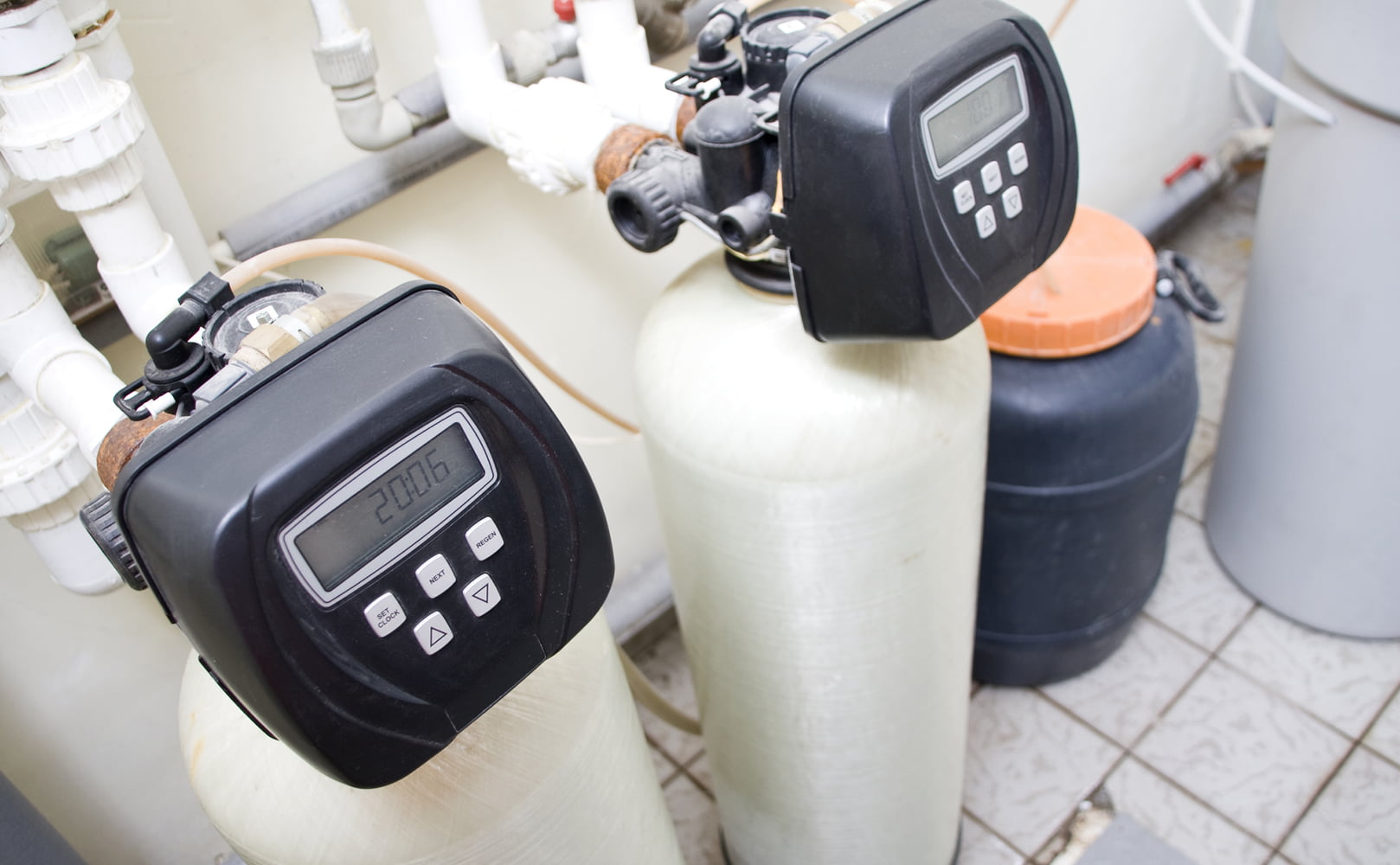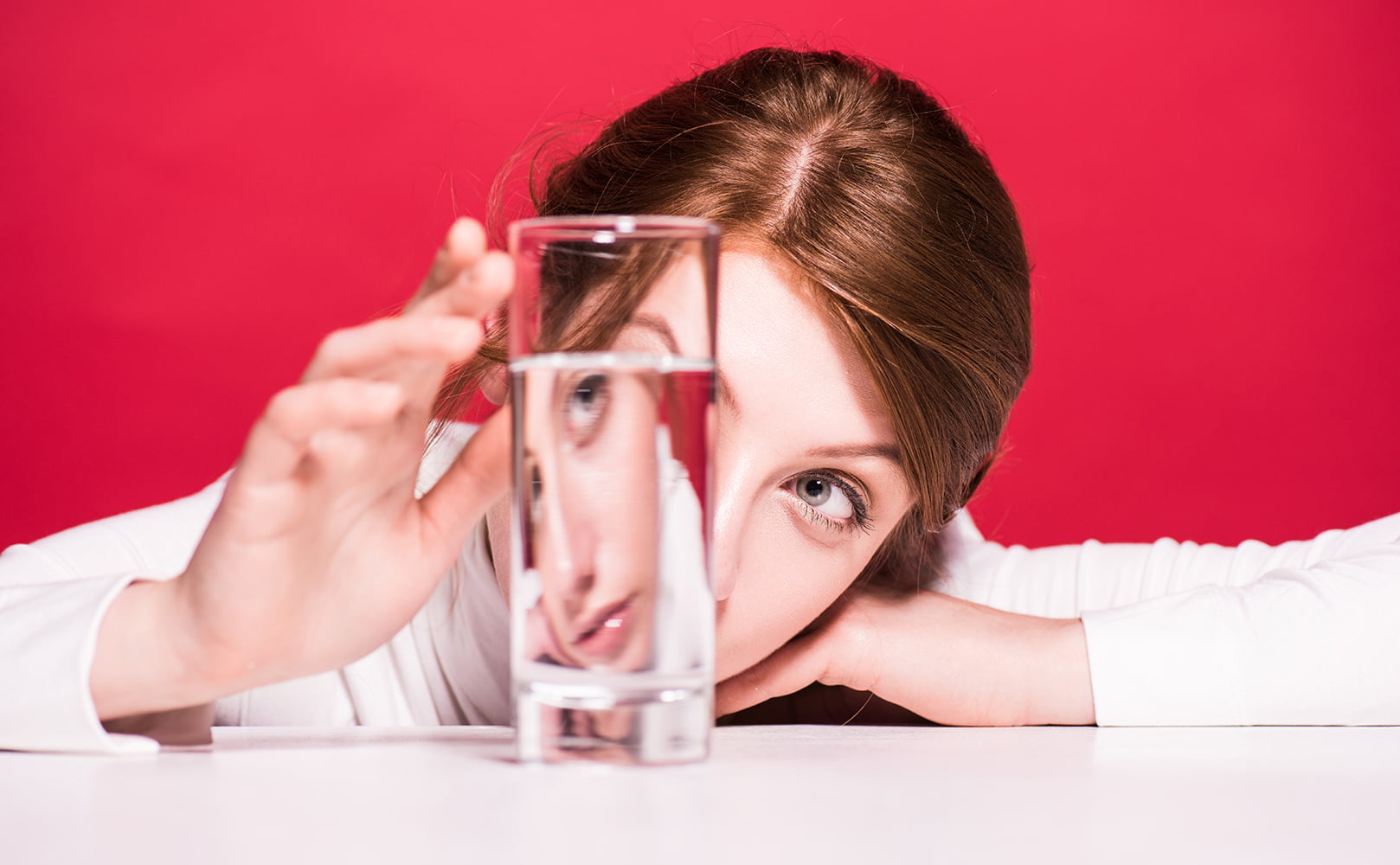Does Reverse Osmosis Remove Estrogen and Other Hormones?
Written by: Gene Fitzgerald // Last Updated: May 17, 2023
This page may contain affiliate links. If you buy a product or service through such a link we earn a commission at no extra cost to you. Learn more.
With the invention of artificial hormones in pills and personal care products, hormone contamination in US water supplies has become a real danger.
If you’re familiar with the damaging effects of unwanted hormones, we bet you want hormones and all hormone-like substances out of your water.
Can a reverse osmosis filter help you achieve this goal? Find out as we explore RO systems and their ability to remove hormones from water!
Key Takeaways
- Reverse osmosis removes estrogen and other hormones (testosterone, progesterone, glucocorticoid, etc.) from water.
- The level of reduction is often above 95%.
Does Reverse Osmosis Remove Hormones from Water?
So, does reverse osmosis remove hormones from water?
Yes, reverse osmosis removes hormones from water.
Does Reverse Osmosis Remove Estrogen?
Does reverse osmosis remove estrogen from water in particular?
Yes, reverse osmosis removes estrogen from water. In fact, research confirms that reverse osmosis water treatment can remove over 95% estrogen.
How Does Reverse Osmosis Remove Hormones from Water?
Reverse osmosis removes hormones by forcing pressurized water through a semipermeable membrane. This membrane is filled with tiny pores that are small enough to prevent contaminants like hormones from passing through them, allowing almost only pure water molecules to make it to the other side.
Because hormones are usually present in water at low concentrations, often in the parts per trillion (ppt) range, it’s hard for most water treatment methods to remove them. But thanks to the small pore size (about 0.0001 microns) of RO membranes, reverse osmosis effectively removes hormones from water, rejecting them right on the membrane surface.
The hormones and other contaminants on the membrane are flushed out of the system and sent down the drain as waste water.
More Ways to Remove Estrogen and Other Hormones from Water
Reverse osmosis is not the only way to remove hormones from water. You could also try:
Activated Carbon Filtration
Activated carbon filtration involves passing water through activated carbon pores. These pores adsorb the hormones in water into their surface pores, effectively separating estrogen and other hormones from your water.
The biggest pro of activated carbon filtration for removing hormones is that it is cost-effective (so if you’re on a low budget, this is your best bet).
On the downside, activated carbon filters have a shorter lifespan, and you’ll need to replace them periodically to maintain their effectiveness.
Water Distillation
Distillation is the oldest and most thorough method of water purification. It works like the natural water cycle; evaporating, cooling, and condensing your water.
Distillation starts by heating water until it reaches its boiling point, causing it to evaporate. Water vapor rises from the boiling chamber, leaving the hormones and other contaminants behind (hormones stay in the boiling chamber since they cannot evaporate alongside water). Then, the vaporized water cools, condenses to liquid form, and flows into a reservoir for future use.
Although effective, a major downside to water distillation is that it’s a very slow process and might not be practical for everyone.
Berkey and Ceramic Water Filters
Ceramic filters purify water by trapping contaminants in the tiny pores in their ceramic filter casing or in their filter media core. Water molecules are allowed to pass through freely. Ceramic water filters may be effective for removing hormones, depending on the specific type of hormone and the filter’s design.
Berkey filters are tested to remove hormones like progesterone, octylphenol, and nonylphenol. Although they’ve not been specifically tested to remove estrogen, we’d say it’s safe to assume that Berkey filters will remove estrogen from water since they remove similar hormones.
Boiling?
If you’re considering boiling for hormone removal, it’s time to drop that idea. Boiling is excellent for killing microorganisms in water but does not work for hormones. Hormones are organic compounds that can withstand high temperatures, and boiling water will not break down or remove them from the water.
Water Softening?
Water softening is the process of replacing hard minerals like calcium and magnesium in water with salt ions using an ion exchange resin. Water softening is an effective option for softening hard water, but it does not remove estrogen or any other hormone from water.
As organic compounds, the ion exchange process in water softening does not affect hormones.
Chlorine?
Public water systems disinfect water with chlorine. This process is called chlorination, and it’s used to neutralize viruses, bacteria, etc. Research shows that chlorine may remove estrogen and some other hormones from water.
About Hormones in Water
Having hormones in water might sound pretty strange, but it’s real. Hormones can be found in municipal water supplies, surface water sources, and even groundwater. Often, they get into water through human and animal waste (urine and feces). These wastes may sometimes contain hormones and end up in waterways through sewage treatment plants, septic systems, and agricultural runoff.
Hormones can persist in water for a long time and have harmful health effects. Let’s see some of these common hormones in water and why you should be on the lookout for them.
What Is Estrogen and How Does It Enter Our Water Supplies?
Estrogen is a hormone naturally produced in the human body, mainly by the ovaries in females and, to some extent, by the testes in males. This hormone is essential in developing and regulating the female reproductive system.
Estrogen is often used in birth control pills, and when users excrete these pills, estrogen enters the sewage system. The sad thing is that sewage treatment plants can hardly filter out estrogen, so it ends up in drinking water supplies. Also, some industries (like pharmaceutical plants) may release compounds containing estrogen into the environment, which finds its way into water supplies.
Estrogen commonly exists in water in three forms; estradiol, estrone, and estriol.
Health Concerns
Drinking estrogen-contaminated water can alter the hormone levels in pre-teens, causing sexual development issues. It can also cause prostate dysfunction in older males. Consuming estrogen-contaminated water also increases cancer risk in people who are prone to breast cancer.
It also causes infertility in fish, and there’s a chance it may affect humans in the same way.
Drinking Water Standards
The USA and Europe currently do not have any legal drinking water standards for estrogen. But the Australian National Guideline for Water Recycling sets the maximum permissible concentrations of estrogen in water to 175 Ng/L, 30 Ng/L, and 50 Ng/L (estradiol, estrone, and estriol, respectively).
Progesterone
The female body naturally produces progesterone to regulate the menstrual cycle and maintain pregnancy. But progesterone can be chemically produced and is used in contraceptives and hormone replacement therapies.
Like estrogen, progesterone can creep into the water through human excretion from sewage systems. Progesterone also exists in animal waste, so agricultural runoff may introduce progesterone into our water.
Health Concerns
Drinking progesterone-contaminated water may disrupt the endocrine system and interfere with reproductive and developmental processes. However, more studies are needed to fully understand the potential health effects of exposure to progesterone in drinking water.
Drinking Water Standards
Currently, there are no established drinking water standards or maximum contaminant levels (MCLs) for progesterone in the United States. The US Environmental Protection Agency (EPA) has not yet included progesterone in its list of regulated contaminants under the Safe Drinking Water Act.
Testosterone
Testosterone is the “male hormone” responsible for developing the male sex organs and sexual characteristics. It is used in some drugs and personal care products.
Testosterone can enter our water supplies through waste water discharge when users flush these products down the drain. It can also seep into our water through human excretion and runoff from agricultural lands, where they treat livestock with hormones.
Health Concerns
Consuming excess testosterone affects the reproductive and endocrine systems in animals and may alter the natural hormone levels in humans, causing severe reproductive issues.
Drinking Water Standards
There are no national drinking water standards for testosterone for now. Many states use water containing testosterone, yet there are no regulations on what testosterone level is safe for consumption.
Glucocorticoids
Glucocorticoids are another type of steroid hormone. Our bodies release this hormone to help us cope with stress. Glucocorticoids are like the superheroes of our endocrine system, swooping in to save us after a hectic day. Once the job is done (coping with stress), our body flushes glucocorticoids out through urine and feces, and you know what happens from there — it goes into sewage, escapes treatment, and flows into our drinking water supplies.
Health Concerns
Consuming high levels of glucocorticoids can cause adverse side effects like heart disease, hyperglycemia, osteoporosis, and adrenal suppression.
Drinking Water Standards
There are currently no specific safe levels defined for glucocorticoids in drinking water.
If you have any thoughts about the question, does reverse osmosis remove estrogens and other hormones, please don’t hesitate to leave a comment below!
Information provided on BOS is for educational purposes only. The products and services we review may not be right for your individual circumstances.
We adhere to strict editorial guidelines. Rest assured, the opinions expressed have not been provided, reviewed, or otherwise endorsed by our partners – they are unbiased, independent, and the author’s alone. We fact-check all content for accuracy. It is accurate as of the date posted and to the best of our knowledge.




